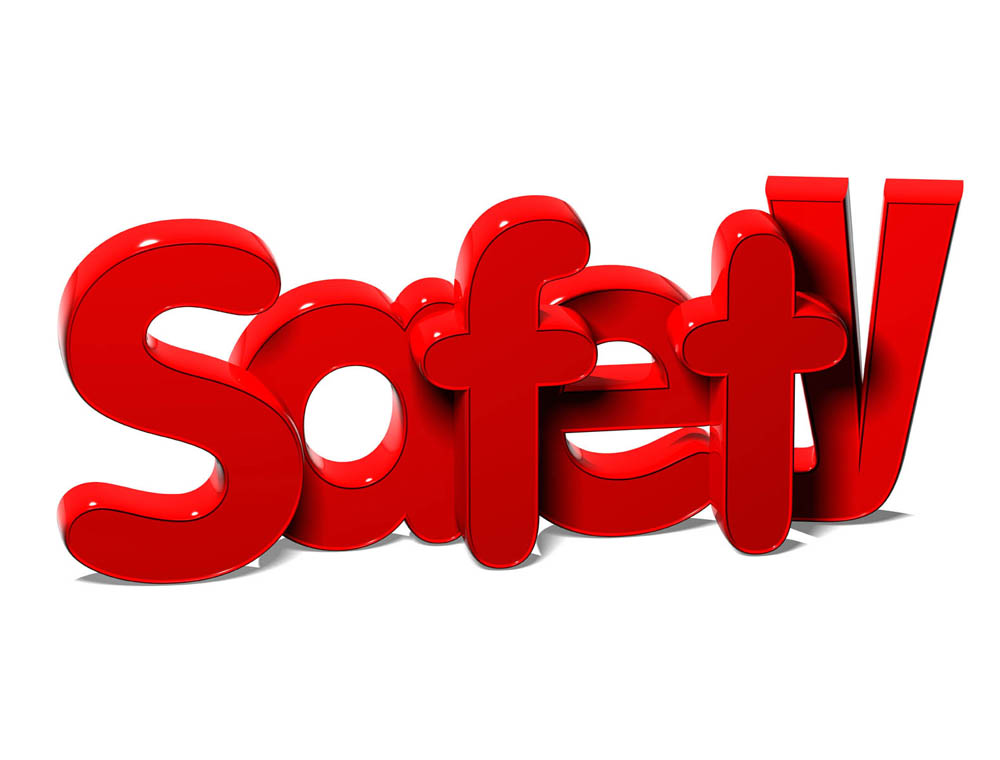If you are thinking of becoming a landlord of HMO’s (Houses in Multiple Occupation) by buying one, or by refurbishing a property and converting it into an HMO, there are a number of things to take into consideration. The rules and regulations surrounding fire safety are more detailed than they are on a straightforward buy-to-let, and there is more to do in order to get the property up to the required standard.
One of the reasons that the rules are more strict than in a buy-to-let or a single-family home is that where you have multiple tenants in a property they may not get on very well, and in some instances, they may not even like others or talk to each other. In addition to that, in a single-family home you don’t often have locked doors, whereas, in an HMO which might contain just three or four families or could be a block of flats, locked doors are the order of the day. That means that in the event of a fire breaking out it might be difficult for a tenant to have an easy exit and be able to get out of the building quickly.
Carrying out an HMO fire risk assessment is even more complicated than a fire risk assessment for many businesses, but at UK-Fire Risk Assessments, we can help you with this if you are considering buying a property for conversion. We can look at the building with you and provide you with a list of what needs to be done in order for the HMO to be compliant with the relevant laws. We can offer you tips and advice in order for the property to be suitable for the tenant profile that you intend to market to. In most cases, while you may need to spend some money, it is not going to cost a fortune.
Most fires in flats and HMO’s start in one of the individual flats themselves and are most often caused by electrical faults from overloaded sockets. Another issue is cigarette stubs that are not put out properly, and also chip pans when someone forgets to turn off the hob.
You need to make certain that all escape routes from the property are protected, and this is mostly done by the use of fire doors. Each individual flat will need a fire door at the entrance, and fire doors on the kitchens are also needed. This helps to prevent fire from spreading from the kitchen, which is a high-risk area, and also contains it within an individual flat, leaving time for other tenants to escape. The front door of each flat should also have a self-closing device fitted.
Another issue is thumb turn locks. If you have doors that are locked with a key, there may be a situation where the key is not in the lock and cannot be found quickly in an emergency. Thumb turn locks will completely overcome this problem.
Obviously, the property will need fire alarms in the bedrooms, the corridors, and any other communal area. You should install smoke alarms in those areas, while in the kitchen you should have a heat alarm. Ideally, all the alarms should be integrated so that if one goes off they all go off. Depending upon the size of your HMO, you may need to install a panel alarm system. This will be governed by the number of rooms, the number of bedrooms, and the number of people in the HMO.
You also need to consider the windows. It is necessary to have the correct sized windows if they are a secondary, or even primary, escape route.
It may be the case that your property does not yet need a licence because of the number of tenants and its’ size. However, it is always a good idea to ensure that it is up to the licensing standards in any case because it will provide the best protection for your tenants and will be right if, or rather when, licensing requirements change. For example, in October 2018 there was a big change in the licensing requirements for HMOs and it meant that a lot of properties that previously did not require a licence were suddenly faced with a situation where they did.

